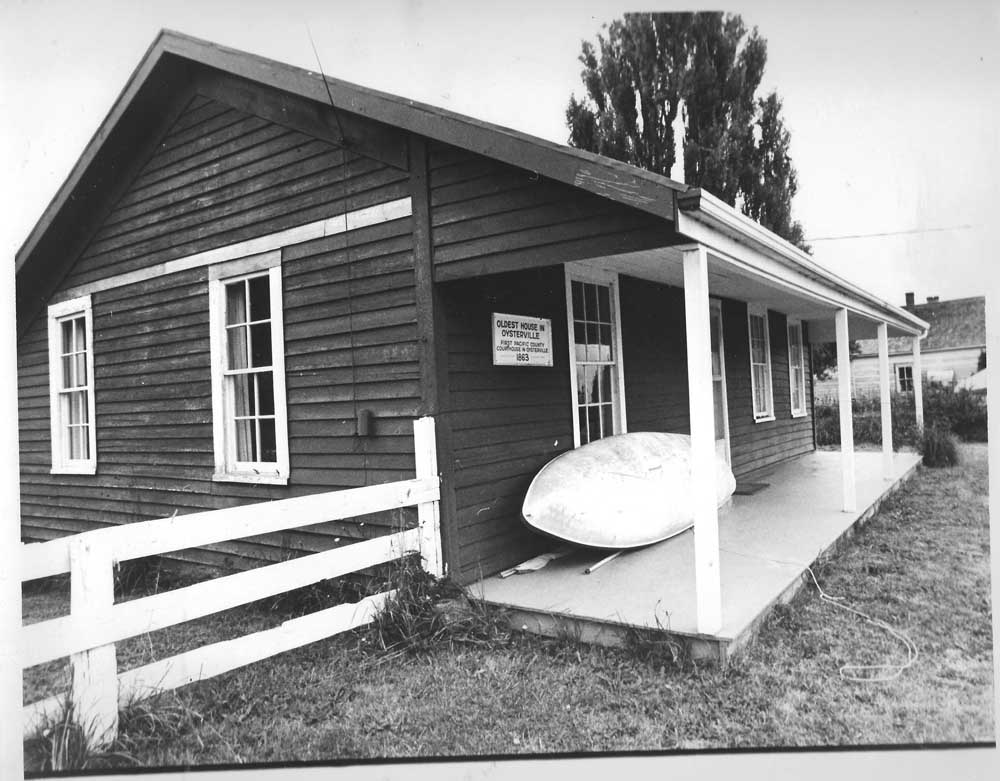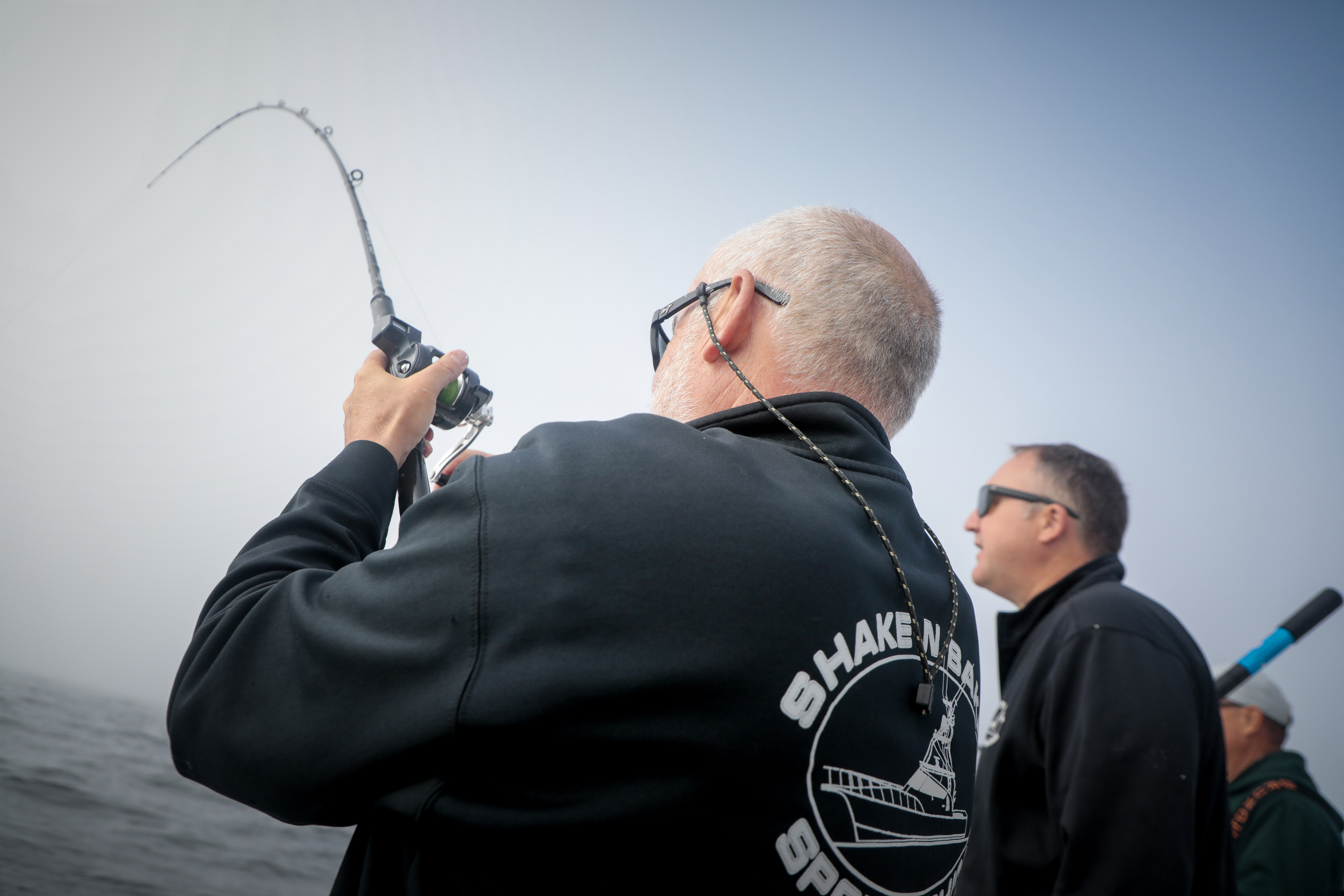Saints or Sinners? Characters of Pacific County: Out of tragedy came the Kimball Kids
Published 9:39 am Saturday, December 23, 2023

- Either 1857 or 1863 is thought to be the date that the Munson house was built. Either date makes it the oldest house still standing in Oysterville. Although the interior was upgraded when electricity and running water were introduced in 1936, as far as is known the footprint of the house has not changed except for the addition of a very small woodshed on the northwest side in the 1980s.
By the time of the 1860 Census, all but the youngest of the five Kimball children were living in Oysterville, Washington Territory — a very long 357 miles and 13 years beyond their survival of the Tragedy at Waiilatpu, perhaps better known as the “Whitman Massacre.”
Trending
As the years went by, various survivors (including the Kimballs) recalled that on the morning of Nov. 29, 1847, American missionaries Marcus and Narcissa Whitman, along with 11 others were killed by a small group of Cayuse men who accused Whitman of poisoning 200 Cayuse in his medical care during an outbreak of measles that included the Whitman household. Nathan S. Kimball, father of the four Oysterville residents of this story was among those killed.
Kimball’s wife and five children survived and, after a month of captivity, were ransomed by soldiers from Fort Walla Walla and Fort Vancouver and taken along with 48 other freed captives to Oregon City. There, in April 1848, the children’s widowed mother Harriet (Sanborn) Kimball, age 38, married 46-year-old John Jewett, father of eight children. “They thought 13 might be an unlucky number, so they had two more after we resettled on Clatsop Plains,” the Kimball children often recounted.
Although information is spotty, it seems that the Munson/Jewett family took out Donation Land Claims in the (now) Skipanon area of Oregon Territory and there met at least three individuals who would figure heavily in their future lives — August (sometimes listed as Augustus) Wirt, Joel Munson. and Bethenia Owens (later Dr. Bethenia Owens-Adair) who would later stay with the Munsons in Oysterville and became the first teacher of that community.
Trending
According to the Kimball Family Tree, by 1851, news of the “oyster boom” in Oysterville across the Columbia River had reached the Skipanon area. Four of the five surviving Kimball children (two now married) were among those who converged on Oysterville to try their luck in the boomtown by Shoalwater Bay.
Joel Munson, by then married to Sophia Kimball, lost no time in moving his family and most of their relations north. He invested heavily in oyster-rich tidelands and by the winter of 1861/52 had oysters enough ready to fill 10,000 peach baskets for shipment to the San Francisco market. Schooner captains were offering $1 in gold per basket — a basket which would fetch $10 at wharfside in the City by the Golden Gate.
However, before Munson could culminate his shipping arrangement, an extreme low tide in conjunction with a severe cold snap froze Munson’s oysters. According to his son Frederick’s reminiscences, “so my father lost the work of several years in a few hours. He went into Oysterville with $4,000 cash, put in six years of hard work, and came out with a wife and two babies and no money.”
By the time of the 1860 Federal Census, Oysterville, these Kimballs and their families were listed:
Sarah Sophia Kimball, (6 at the time of the massacre), listed as Sophia, age 19, wife of Joel Munson, age 30, with son Frederick S. 5.
Susan M. Kimball (16 at the time of the massacre) by then calling herself “Lucy,” age 27, married to Augustus Wirt, age 48, with children Andrew 17, Mary 16, Noyes 12, John 9, Harriet 7, Ione 5, Owen 4, Oliva 3 months. (The eldest five were Augustus’s children by his first wife, deceased.)
Nathan Kimball (12 at the time of the massacre) age 23, living at the Stevens Boarding House, a carpenter.
Byron Kimball (8 at the time of the massacre) now age 21 according to the Census-taker, living in Joel Munson’s house, a carpenter.
In 1865, Joel Munson took a job in Ilwaco as the Lightkeeper at Cape Disappointment Light, located on Baker Bay. He rented his house to Pacific County to be used as the first courthouse in Oysterville which had been the county seat since 1855. Presumably most of the other Kimball-related families left about the same time, although Andrew Wirt (Susan Kimball’s son), was still listed as an Oysterville resident in the 1870 Census.
He would live there with his own family for the rest of his long life — just across the lane from my grandparents’ home.









